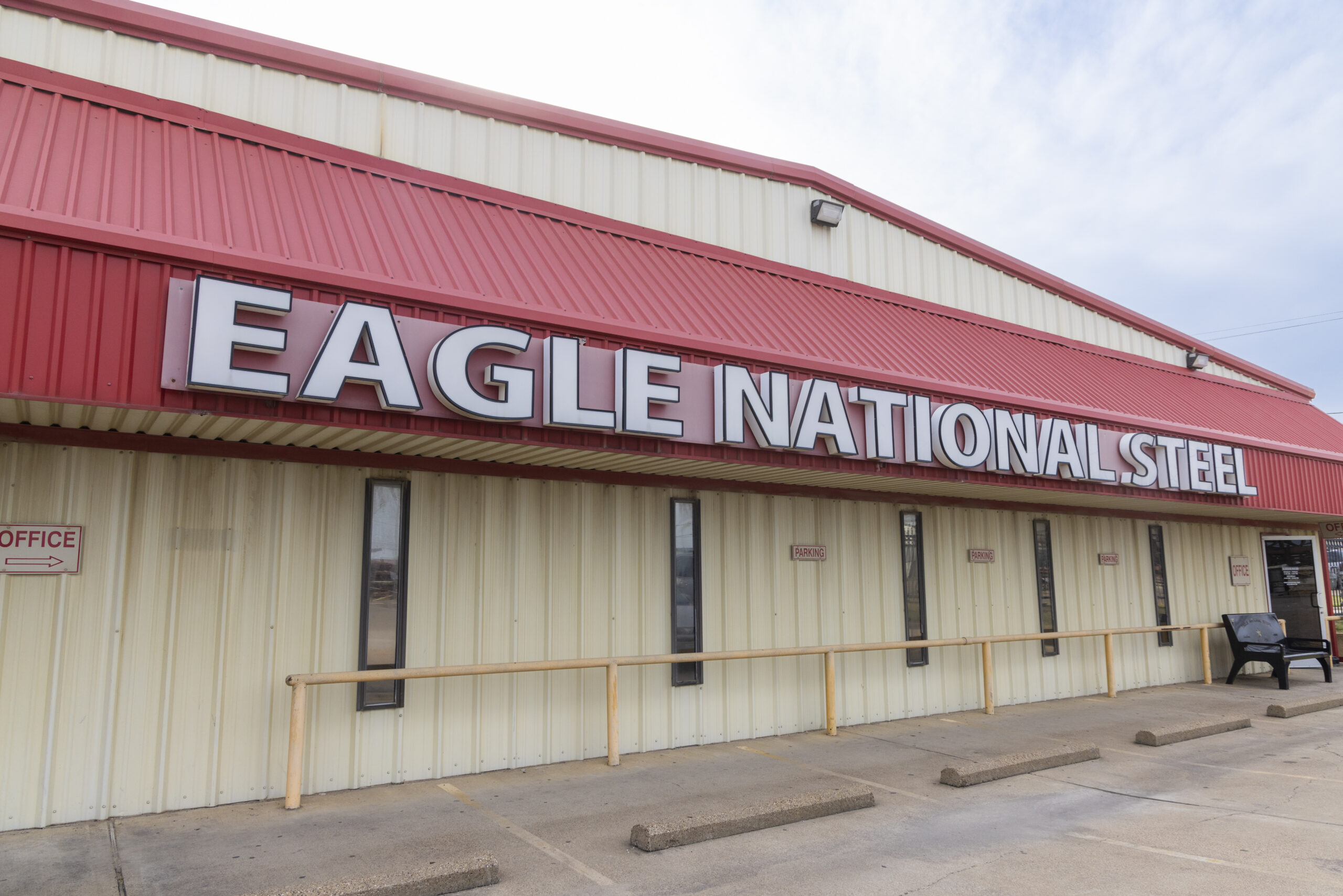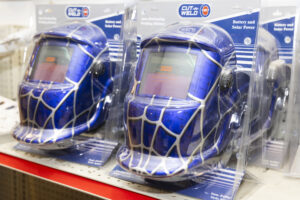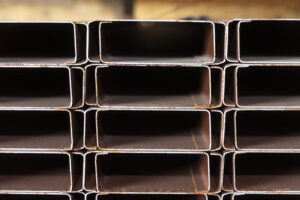Beginner’s Guide to Structural Steel Products

Steel is an excellent building material for barns, sheds, workshops, warehouses, and even homes. It offers more durability than your standard timber frame and has a higher strength-to-weight ratio. Structural steel products are made for framing and support in construction and fabrication. It is very versatile, and you can use it to build anything from roofs and carports to furniture and staircases. You can buy structural steel in many forms – flat bars, sheets, hollow tubes, angled sections, etc.
Whether you’re a DIY-er ready to take on a new welding project or an experienced pro exploring different steel products, here’s what you need to know.
10 Structural Steel Shapes and When to Use Them
There are a handful of basic steel products used in construction projects, each with a unique shape. These are sometimes referred to as “steel sections” or “steel profiles,” and are formed by rolling sheets of structural steel into standardized shapes. Each shape serves a different purpose in construction and can impact the strength of the structure.
Structural Beams
Structural beams are heavy-duty building elements used for all types of construction. They come in standardized shapes, namely I-beams, S-beams, H-beams, and wide-flange beams. Examine the beam in cross-section to determine its shape. You can use them as beams or columns in a steel building or as framing elements for cranes and car lifts.
Angle Iron
Angle irons, sometimes called metal angles or L angles, are bars of structural steel that have been bent to 90 degrees to give them an L-shaped cross section. They are lightweight, versatile, and very easy to work with.
Angle iron is easy to bolt together or attach to walls using the two legs of the L. They are the best profile for corners. Use angle iron to reinforce shelving, build a workbench, or as steel frames for greenhouses and other simple structures.
Square Tubing
This is a hollow, square-shaped tube of structural steel, also known as a square section, and it is very rigid and durable. Square tubing is best suited for projects that involve welding — a bolted connection will not be as strong. You can use square tubing to hide electrical cables or as vertical supports for bed frames and tables.
Rectangular Tubing
Similar to square tubing, rectangular tubing is hollow and ideal for welding. The rectangle is stronger on its longer side, allowing it to carry a substantial amount of weight when used as a beam. You can use rectangular tubing for all horizontal applications, such as table tops, shelving, decks, and stands.
Steel Channels
Steel channels are C-shaped or U-shaped in cross-section. Like rectangular tubing, they can hold a lot of weight when used horizontally (with the long side of the C standing upright).
Channels can span large distances, much like beams in a home construction project. Their open-sided shape makes them easy to bolt together and attach to walls or studs. You can also use steel channels as door or sliding gate tracks, staircase supports, or to strengthen a pole barn roof.
Steel Rounds
A steel round or round bar is a solid rod of steel with a cylindrical shape. Rounds are versatile steel elements often used for manufacturing. For example, you can turn them into axles for motors or use them as pistons. With the correct tools, you can even cut steel rounds into gears and discs or create rebar for structural concrete.
A round bar is also helpful for decorative steel fabrication. It makes a beautiful material for garden trellises, furniture, balustrades, and even sculptures.
Square Bars
Like round bars, steel square bars are solid inside. This type of structural steel is especially useful in making non-slip drive shafts for heavy machinery and vehicles. You can also use them to make levers and locks or for home blacksmithing projects. Square bars are relatively easy to manipulate into decorative scrolls and organic ironwork elements.
Flat Bars
Flat bars are the building blocks of all steel fabrication. They are long strips of solid steel you can bend or cut into a variety of shapes to make custom brackets, plates, hinges, and blades. Flats come in different thicknesses, ranging from 1/16” to 2”.
C Purlins
Purlins are structural steel members used to support roofing or siding. They are an essential part of steel building systems that connect the outer layer of sheeting to the inner bones of the structure (i.e., beams and columns).
C purlins have two 90-degree bends in them that create a perfect C shape. Contractors use them horizontally to support flat structures such as carports and verandahs or to attach sheet metal and laminates to walls.
Z Purlins
Similar to a C purlin, Z purlins serve as a substructure for roofs and walls. However, the edges of metal are bent in two different directions to create a Z-shape cross-section. When you need to span very long distances, Z purlins are best because you can nest them to make a continuous beam of support. They are also helpful for building sloped roofs.
Choosing the Right Structural Steel for Your Project
Choosing the right structural steel shapes for a project requires a bit of math. You must consider how much weight you want to support, what distance you need to span, and which direction the force is coming from.
Below are some general recommendations for beginners in steel construction, but you should always consult a professional engineer for heavy-duty projects.
| Horizontal Use | Vertical Use | |
| Heavy load | Structural beams | Structural beams |
| Moderate load | Rectangular tubing, steel channels | Square tubing |
| Light load | Angle irons, flat bars | Angle irons |
| Decorative | Rectangular tubing, flat bars, round bars, and square bars | Square bars, round bars, flat bars, and square tubing |
Structural steel profiles are not the only considerations when choosing building materials for your construction project. You’ll also want to take into account how the profile choice affects building prices and whether the supplier offers a warranty.
Eagle National Steel Has Steel for Every Project
Have more questions about structural steel? Visit our FAQ page or explore our free technical data sheets for more advice. Alternatively, feel free to visit our steel yard in Hutchins, TX.



